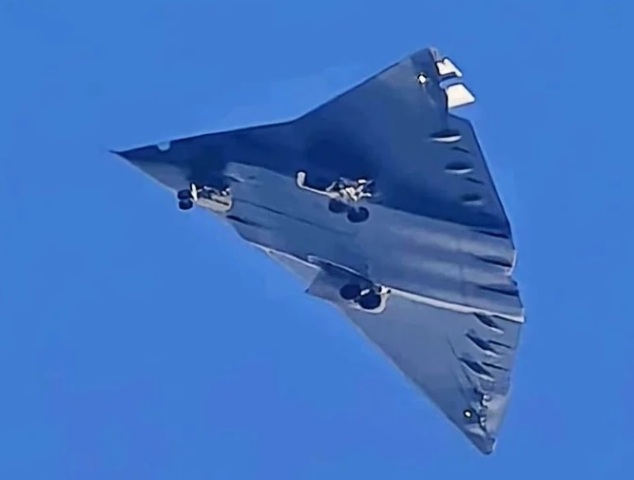China’s Shenyang Aircraft Corporation (SAC) has unveiled the J-50, a sixth-generation stealth fighter jet that marks a significant advancement in aerial combat technology. This development underscores China’s commitment to achieving dominance in air, sea, and cyber warfare domains.
Design and Stealth Capabilities
The J-50 boasts a full-spectrum stealth design, rendering it nearly invisible to radar, infrared, electronic, and AI detection systems. Its aerodynamic structure draws inspiration from the F-22 Raptor and B-21 Raider, featuring a tailless, diamond-shaped airframe that enhances stealth and agility. The aircraft’s twin Advanced Combat Engines (ACE) and swept-back wings contribute to superior maneuverability and speed.
Advanced Technologies and Armament
Equipped with AI-powered swarm drone command capabilities, the J-50 can coordinate with unmanned aerial vehicles to execute complex missions. Its arsenal includes long-range PL-15 and PL-17 air-to-air missiles, as well as the YJ-12 supersonic anti-ship missile, enabling it to engage a variety of targets effectively. The integration of quantum radar and directed energy weapons is also anticipated, further enhancing its combat effectiveness.
Strategic Implications
Analysts predict that the J-50 could achieve operational status by 2030, positioning China to challenge U.S. air superiority and influence in regions like the South China Sea and the Taiwan Strait. Its advanced capabilities present a significant shift in the balance of power, prompting concerns among global military powers.
Conclusion
The unveiling of the J-50 fighter jet represents a monumental leap in military aviation, reflecting China’s ambition to lead in next-generation air combat technologies. As developments continue, the J-50 is poised to redefine the dynamics of global air superiority.



Comments (0)
No comments yet. Be the first to comment!
Leave a Comment